“Are you a rescue?”
This is the first question people ask when I tell them about Who Will Let the Dogs Out?
I have to explain, that no, we aren’t a rescue, but we help rescues. We aren’t a shelter either, but we help shelters too. We don’t transport or train dogs. And we have nothing to do with cats (mostly).
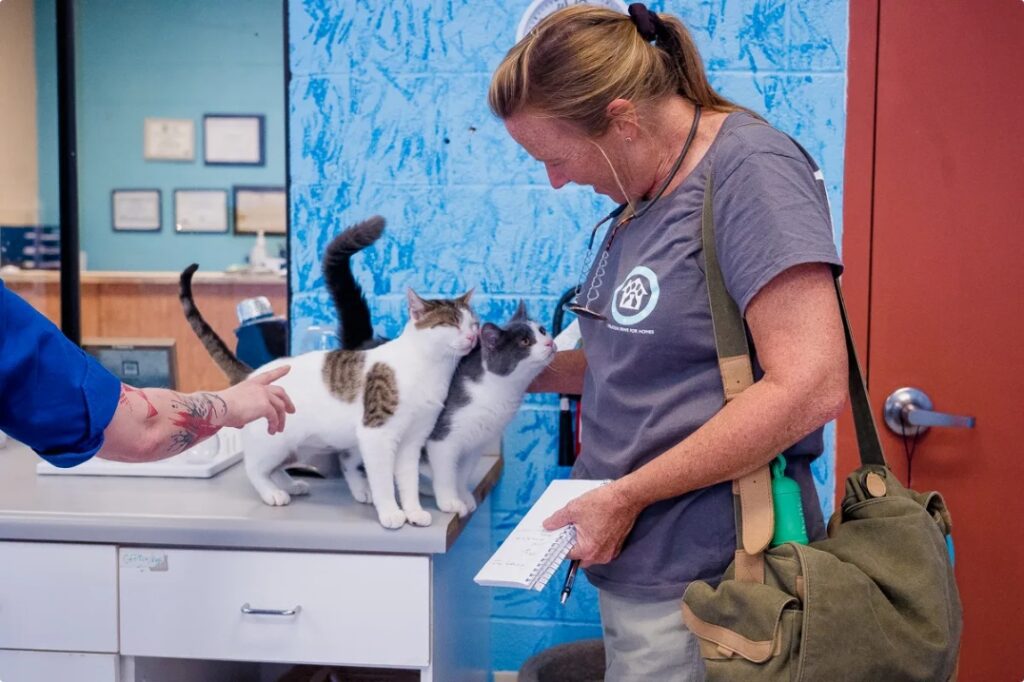
Because we don’t directly handle dogs (although we meet thousands), it’s sometimes hard to explain what we do or to ask for money to help us do it.
The most visible thing we do is shelter tours. They are the basis for our work and how WWLDO got started in the first place.
Why do we visit shelters and rescues?
Shelters and rescues are not organizations or buildings; they can’t be understood simply by looking at stats or visiting a website, not even by chatting on the phone with someone on their board or a shelter director.
Beautiful buildings or worn-out kennels don’t tell the story. You can save a lot of dogs without a decent building and you can kill a lot of dogs even when you have modern lobby, vast acres, and fancy kennels. When it comes to numbers at any shelter, they simply can’t tell the story – too many variables are ill-defined.
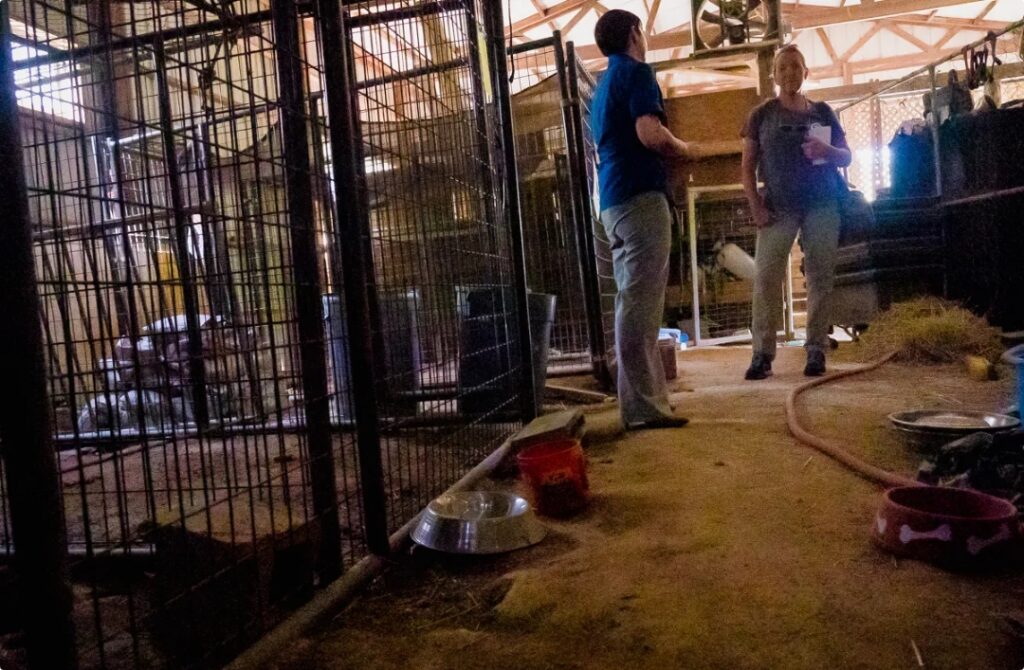
A website and social media presence are critical, but like all of us—we generally share the bright and shiny parts online—the edited version, curated for public consumption.
And talking with just one person involved at any rescue gives you only one angle. Sometimes in rescue, passionate people see things from their heart and not always their head (or sometimes the other way around).
For us to be able to help any shelter or rescue organization or attack the larger issues, we have to first understand the work they do, the specific challenges they face, the personalities and communities they are dealing with, and the resources they have available to save dogs.
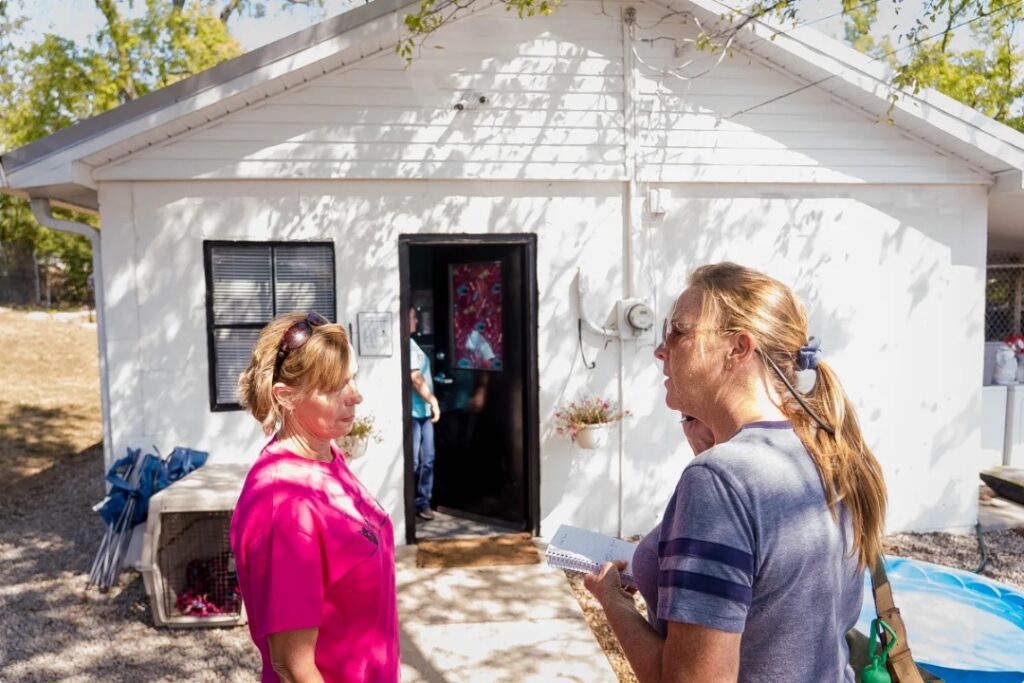
I can’t understand any of that via Zoom or Facebook or phone calls or websites. How do I know this?
Because even though I’d fostered over a hundred dogs, I had no idea what the situation was in our southern shelters and rescues until I set foot in one. Everywhere I went on that first tour of 14 shelters in four states, I thought, “I can’t believe this is happening. How did I not know it was like the?”
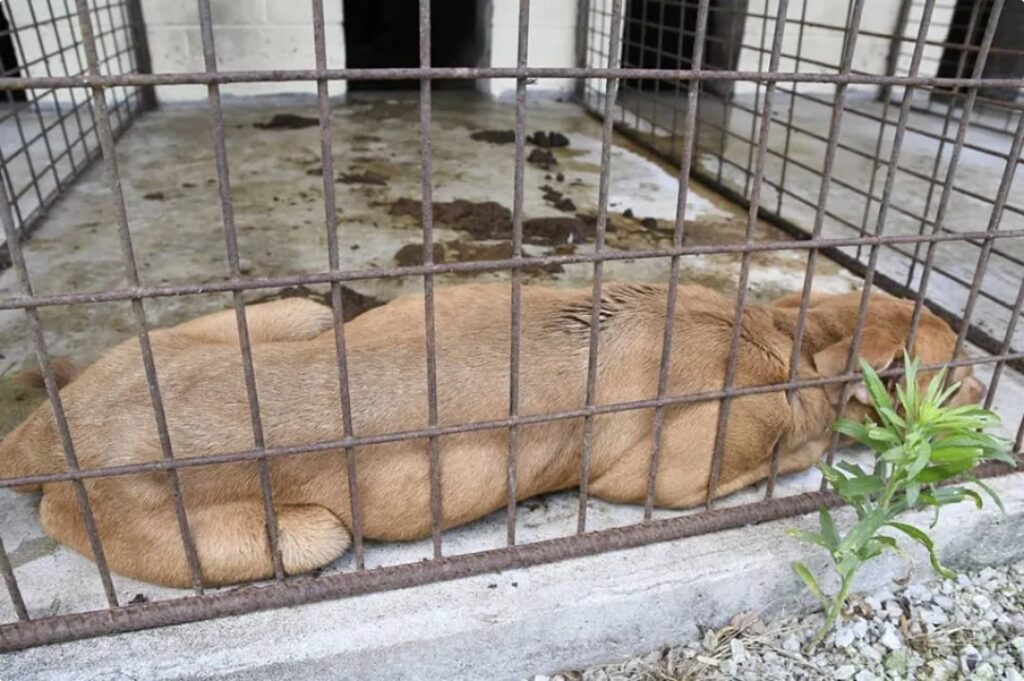
I wrote about what I saw in blog posts, magazine articles, and even in a book, but the ugly fact is that a lot of people don’t read. Sitting down and reading, even as far as you have right now, is not a common habit. So I went back with photographers, and later sent an entire film crew. I believed if people could just see what I was seeing, they would want to work for change.
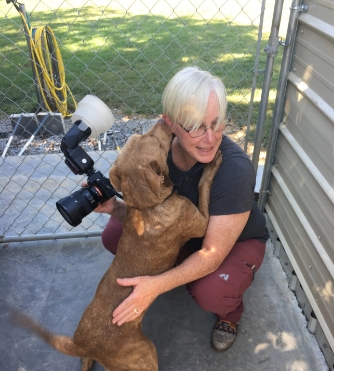
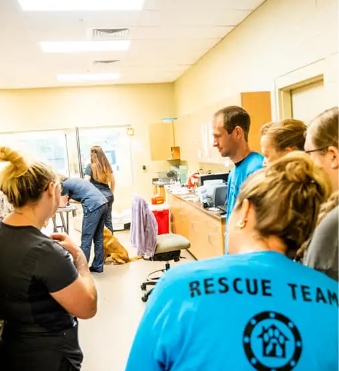
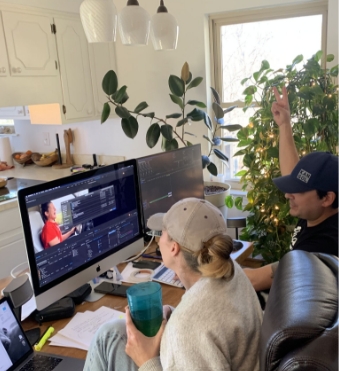
Whenever we travel, we reach more people. We are able to show them the situation in real-time in living color, often taking them right inside to see and hear the dogs, and meet the people working to save them.
And after every trip, I see more people stepping up, more people caring, more people understanding. We learn more and connect with incredible heroes who are sacrificing so much to save dogs. They motivate me.
So, we travel to raise awareness by sharing the stories and the pictures of all we see and everyone we meet. And then we come back and work like crazy to help raise resources to help them.
The other reason it’s so important for us to physically go to the shelters is that it sends a message. It says,

You are not alone in your effort to save these dogs.
The work you do is so important that we have come here to see, to share, and to bring more help.
These visits create a link between us and the organizations we visit and that link is a commitment, on our part, to continue to help them save lives. It’s also how we can confidently encourage others to donate and help individual shelters and rescues that may be hundreds, even thousands of miles away from them.
The shelter visits are our visible work, but here is some of the work we do that you don’t see:
From our visits and ongoing relationships with those organizations, we gather and share ideas for:
- shelter practices that lessen stress on dogs
- engaging the local community to help
- raising funds and securing grants
- connecting with businesses that offer programs and products for saving animals
- Pretty much any idea that has helped in any way. We share them in person and in follow-up consultations after our visits. And we’re also working to put all these ideas in one place – on our website and eventually in a book.
Volunteers monitor the shelters and rescues we visit, sharing their great ideas and any crises that come up. All of these ideas are compiled on our website in the Resource Guide and evolves as we discover new ideas, programs, grants, and anything that will help a shelter/rescue organization save more lives.
We raise money to enable us to give ‘instagrants’ for situations that cannot wait for a formal grant process. These are given to shelter partners who need help now and may not have a grant writer on staff or qualified volunteer with hours to give to the effort.
We work directly with shelters, offering advice, networking, and a sounding board to tackle the challenges they face. Because we have visited over a hundred shelters, we have a unique perspective to offer.
All of that valuable help starts with us getting in a car and traveling for days or weeks. And that, my friends, is one reason we have to raise money. While we are ridiculously thrifty travelers, staying in ‘dog motels’ or friends’ houses, packing most of our food (and mooching food/drink off those same friends who house us!), and cramming in as many visits as we are physically/emotionally able to handle, it still costs money.
If you’d like to help fund our shelter tours, click the button below.
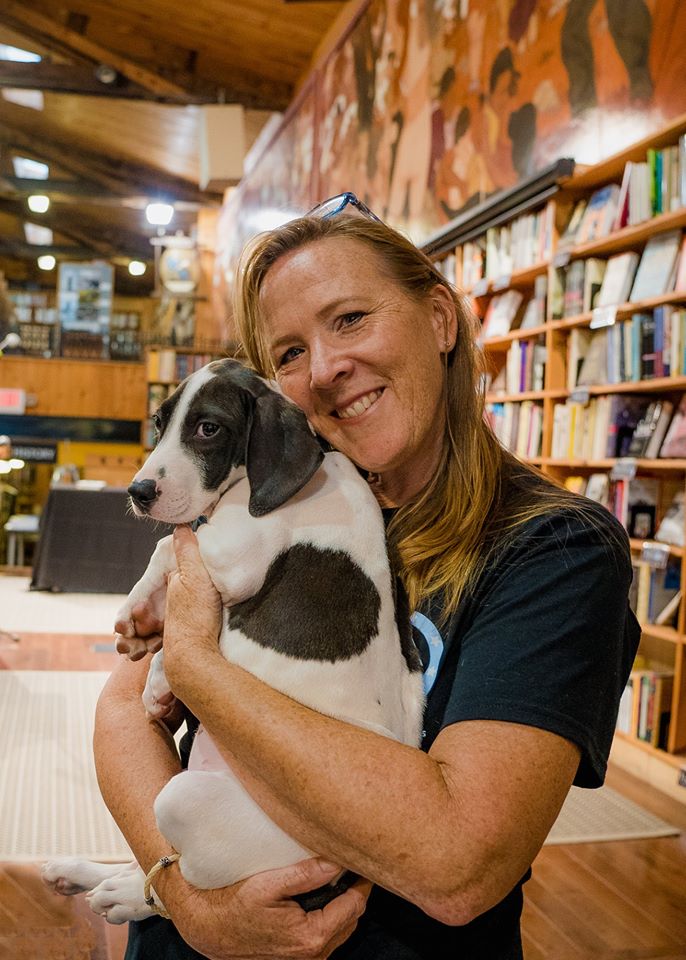
Until each one has a home,
Cara Achterberg
Co-founder and board president of WWLDO



Debbie Grimes
How would I start a shelter? I am in Ga, have land and could build one but don’t know what is the best way to build a shelter so it would be less stressful for the animals and in a way to keep it clean as proficiently as possible. This is something I’ve always wanted to do. I have rescued animals my entire life just don’t know where to start.
Cara Achterberg
Sorry for the late response! We are still figuring out our new website. We recently posted an idea for building a shelter that is less expensive and less stressful for animals. It’s a post about ‘Tiny Shelters’. If you are interested in starting a shelter, it’s an idea to consider. Beyond that, I would research how to create a nonprofit and recruit some people who can help to form a board to support and guide you. I would also visit as many shelters as possible and ask the directors what works, what doesn’t, what they’d do differently. And most importantly, start small and only take in as many animals as you can responsibly handle. Too many small rescues become overwhelmed when they try to do too much. Good luck – stay in touch!